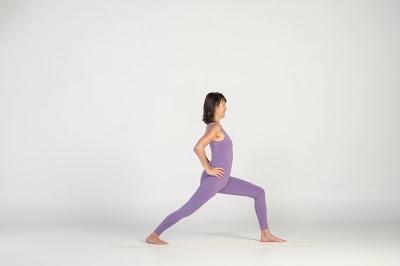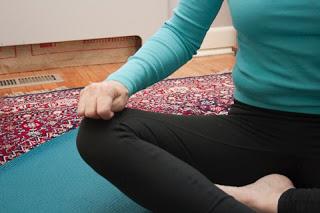 In part 1 of my series on the chakras, The Chakras: Guides on the Path, I offered an overview of how to view the chakras as guides on the path through life. This post will cover Muladhara, the root chakra, and offer accessible practices for body, breath/energy, and mind.The word muladhara is loosely translated as “base of support.” Its location in the body is described in various ways:
In part 1 of my series on the chakras, The Chakras: Guides on the Path, I offered an overview of how to view the chakras as guides on the path through life. This post will cover Muladhara, the root chakra, and offer accessible practices for body, breath/energy, and mind.The word muladhara is loosely translated as “base of support.” Its location in the body is described in various ways: - Between the perineum and the pelvic bone
- Between the genitals and the anus
- Coccygeal plexus beneath the sacrum
- Base of the coccyx (tailbone)
- Chronic lower back pain
- Anxiety
- Sciatica
- Lethargy
- Hemorrhoids
- Constipation
 The Sanskrit word adhi means “primordial” and refers to our natural state of being. The mudra is said to bring the breath and energy to the base of the body, help with anxiety, and instill a deep sense of grounding and stillness. Instructions:
The Sanskrit word adhi means “primordial” and refers to our natural state of being. The mudra is said to bring the breath and energy to the base of the body, help with anxiety, and instill a deep sense of grounding and stillness. Instructions:- Sit with your spine comfortably aligned.
- Soften your chest and shoulders.
- Close your eyes or keep them slightly open and gaze down at the floor.
- With both hands, form soft fists by placing your thumbs across your palms and folding your fingers around your thumbs.
- Rest your hands, knuckles down, on your knees or thighs.
- Hold the mudra and sit quietly for 2 - 5 minutes as long as you are comfortable.
- Focus on your natural breathing process.
- When you are ready to come out, release the mudra and stretch your body in any way that your body needs to stretch.
I learned this years ago from a yoga buddy. I use it to stand my ground in stressful situations. I also practice it when I’m feeling spacey and ungrounded.Instructions:
- If appropriate, take off your shoes, connect your bare feet to the ground, and close your eyes.
- If you find yourself in a place or time where you cannot take off your shoes or close your eyes, direct your attention to your legs and feet to sense a deeper to the earth underneath you.
- Begin to visualize roots growing from your body, starting from the base of the spine. Feel roots reaching down through your legs through the bottoms of your feet to pierce through the earth’s crust.
- Visualize your roots branching and spreading, growing stronger and reaching deeper into the earth. Sense the strength, support, and the stability that your branching roots send back to fill your entire body.
- With each inhalation, begin to draw in strength, support, and stability and allow that feeling to deepen your connection to the physical world and your place in it.
- Draw these qualities through the bones of your feet and legs to the base of your spine and all the way up to the crown of your head. Feel your entire body safe, secure, stable, and connected to the physical world, allowing you to stand your ground and speak your truth.
- As you do this you may feel some tingling or pulsing in your feet and legs. That’s a good thing because energy flows where intention goes. You can shorten or lengthen the visualization as needed. When you attune yourself physically, energetically, and mentally to your need in the moment, you can stand your ground assertively, appropriately and confidently.

